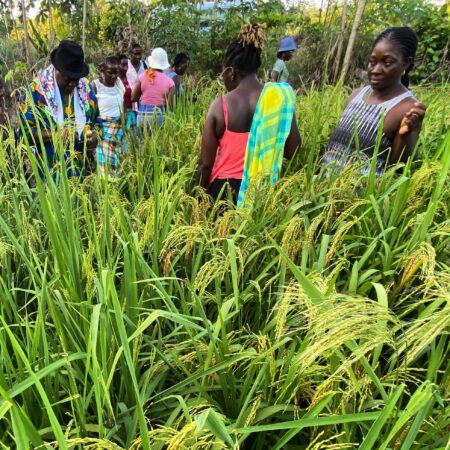Reproduced from Tropical Grasslands-Forrajes Tropicales with permission.
It is with great sadness that we announce the death of Rainer Schultze-Kraft, a friend, colleague and mentor, whose experience and in depth understanding of tropical forages made him an outstanding forage scientist. Rainer dedicated his career to tropical forage research and development, working at CIAT and University of Hohenheim. He was an avid germplasm collector and added almost 10,000 forage accessions to global collections. He was one of the original team to work on the tropical forages interactive selection tool to support use of forages and one of the founders of the journal, acting as managing editor and guiding the journal through the early years. His passing leaves a big gap in the tropical forages community that will be hard to fill and he will be sorely missed by his friends and colleagues.
There is also an obituary on the website of the Alliance of Bioversity & CIAT.
